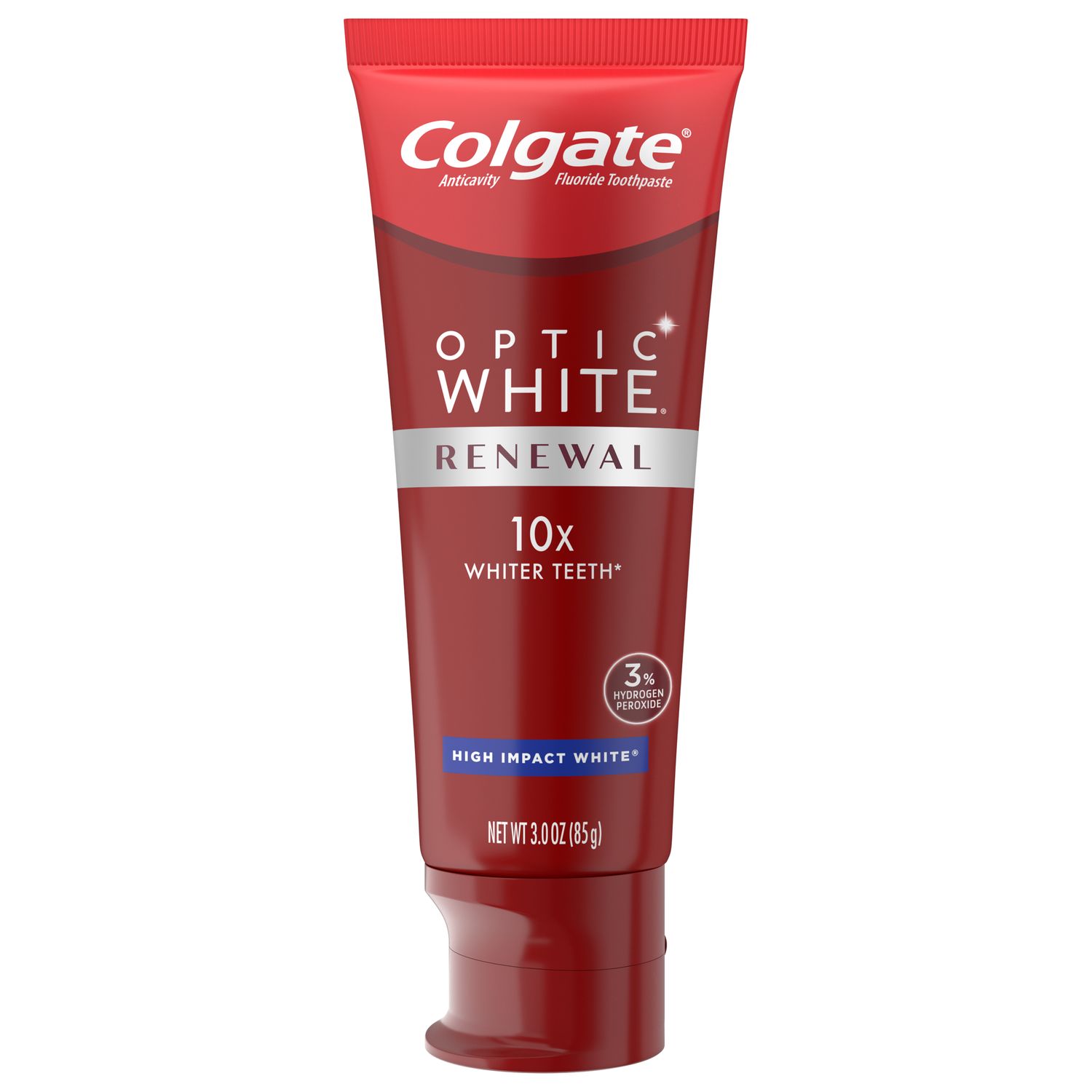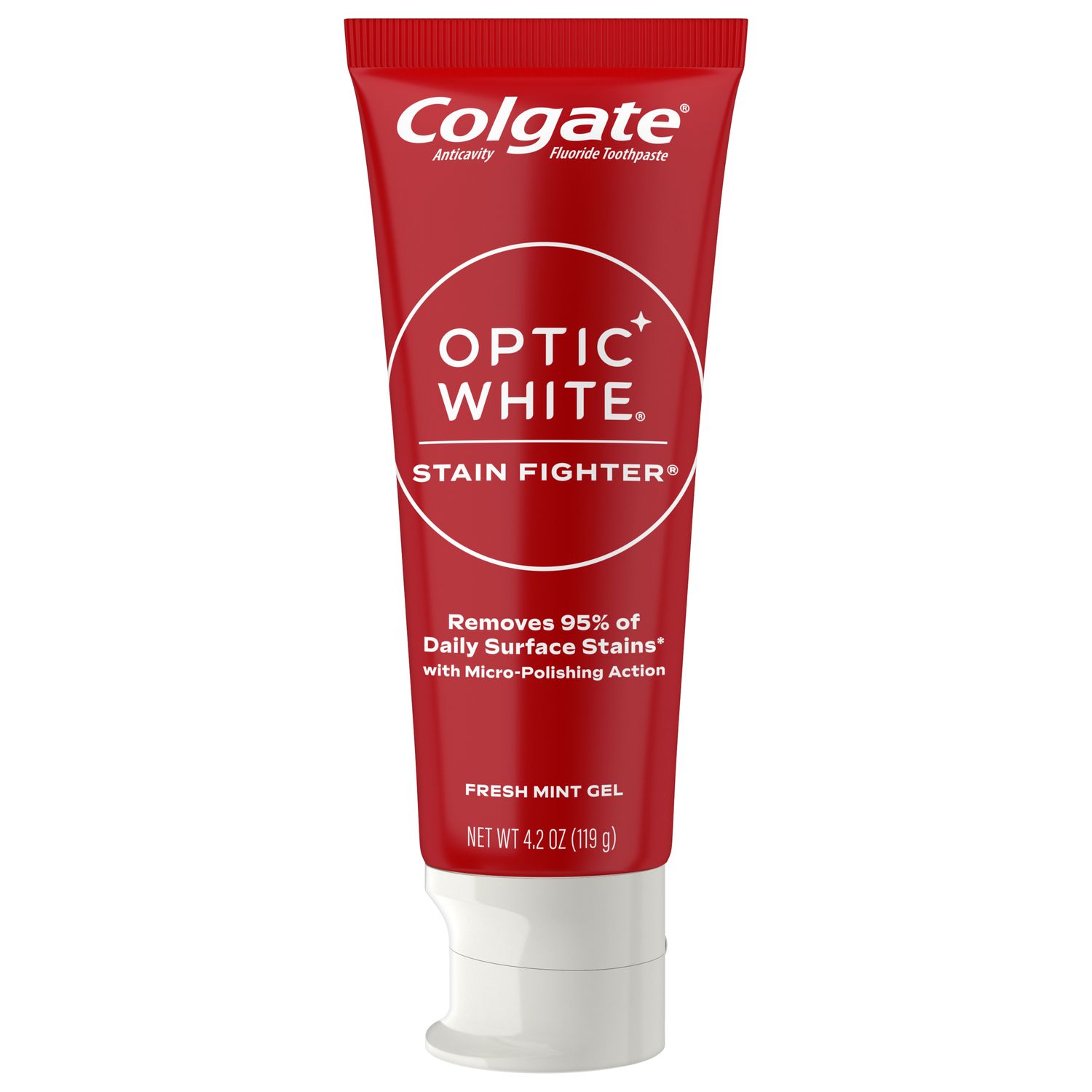What is Dental Bonding?
Dental bonding involves using tooth-colored composite resin to restore the shape and appearance of the teeth. It can be helpful in situations such as:
- Repairing decayed, cracked, or chipped teeth.
- Changing the shape of teeth to look longer or close gaps.
- Filling cavities.
Bonding can provide a great, natural-looking result. The color of the bonding resin is designed to match your natural tooth color, so no one except a dental professional can tell which teeth are bonded. But it's a less-than-marvelous experience if you've ever whitened your teeth, only to have your bonded teeth remain the same color as your pre-whitened teeth. Here’s why that happens…
How Bonding Responds to Color
Your natural tooth enamel contains lots of tiny pores, which can trap strongly colored pigments and give your teeth a stained appearance. Teeth-staining culprits, in particular, include juicy, colorful berries and tomato-based sauces; coffee, tea, caffeinated soda, and red wine; and smoking and chewing tobacco.
Unlike tooth enamel, bonding resin is nonporous. That means the staining agents in these substances won’t penetrate and stain the bonding resin in the same way as they would a natural tooth. That said, just like any plastic item, your composites can become discolored over time. So what happens to bonding resin if you decide to whiten your teeth?
Can You Whiten Bonded Teeth?
Teeth whitening products and procedures provide an effective, simple way to remove stains caused by foods, drinks, and habits over time. Trying to whiten bonded teeth, however, is a different story.
Teeth whitening works in one of two ways:
Mechanical whitening uses abrasive substances to gently scrub surface stains off the teeth. You’ll commonly find abrasives in whitening toothpastes, and they’re also used in procedures like enamel microabrasion.
Chemical whitening uses bleaching agents – most commonly hydrogen peroxide or carbamide peroxide – to penetrate the enamel and break down stain-causing pigments. These can be found in whitening toothpastes, mouthwashes, gels, pens, and strips, and they’re also used in professional in-office whitening performed by your dentist.
Mechanical whitening can lift some surface stains from your bonded teeth. However, because of the non-porous nature of resin, chemical whitening agents can't penetrate them and will not have a bleaching effect. So, while your natural teeth will get whiter, your resin-bonded teeth can look stained or discolored in contrast.
When to Whiten Bonded Teeth
To avoid mismatched teeth, the best time to whiten your natural teeth is before you have a bonding procedure. That way, your teeth are at their whitest when your dental professional color-matches the bonding resin. If you keep your teeth white with good oral care and touch-up treatments, your natural and bonded teeth will continue to match.
How to Whiten Bonded Teeth
However, if you've had a bonding procedure in the past and now wish to whiten your teeth, what should you do? Since your bonded tooth might be discolored and won't respond to the whitening agent, you have two choices:
Get a porcelain veneer that matches your new tooth color. A veneer is a very thin, tooth-colored shell that is applied over the tooth surface to give the appearance of a natural tooth. It can also be applied over a bonded tooth to hide discoloration.
Replace the stained resin with bonding resin that matches your new tooth color. This might be a good option if your bond is more than 10 years old or has deteriorated for any reason. You’ll need to wait a few weeks after your whitening treatment is complete so that your new resin can be properly matched to the final color, so there will be a short period where it appears darker. But providing you maintain the whiteness of your new smile, it’s an excellent long-term option.
Talk to your dental professional about your options.
Effects of Tooth Whitening
Help ensure you have a positive tooth-whitening experience at home using over-the-counter or dentist-prescribed whitening products by keeping these things in mind:
Always follow the instructions that come with your whitening product.
Certain over-the-counter whitening agents can irritate the soft tissues of your mouth – particularly your gums – and cause tooth sensitivity. If you feel the burn, stop using the product.
Overusing whitening products can damage your natural tooth enamel and lead to increased tooth sensitivity.
For an optimum and safe experience, consult with your dental professional about whitening your teeth in the dentist's chair. While there, you can talk about procedures to lighten your bonded teeth.
If you're considering tooth bonding, particularly for cosmetic purposes, be sure to consult with your dentist about teeth whitening before the bonding procedure and discuss how you'll handle staining issues in the future. And if you have bonded teeth that aren't as white as they used to be, your dentist can discuss with you how to lighten them, so they're as white as your natural teeth. After all, your dentist is in the business of perfecting your smile.
This article is intended to promote understanding of and knowledge about general oral health topics. It is not intended to be a substitute for professional advice, diagnosis or treatment. Always seek the advice of your dentist or other qualified healthcare provider with any questions you may have regarding a medical condition or treatment.
ORAL HEALTH QUIZ
What's behind your smile?
Take our Oral Health assessment to get the most from your oral care routine
ORAL HEALTH QUIZ
What's behind your smile?
Take our Oral Health assessment to get the most from your oral care routine















